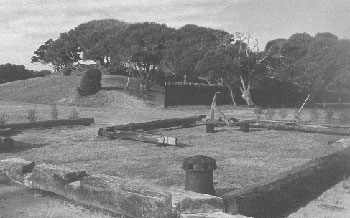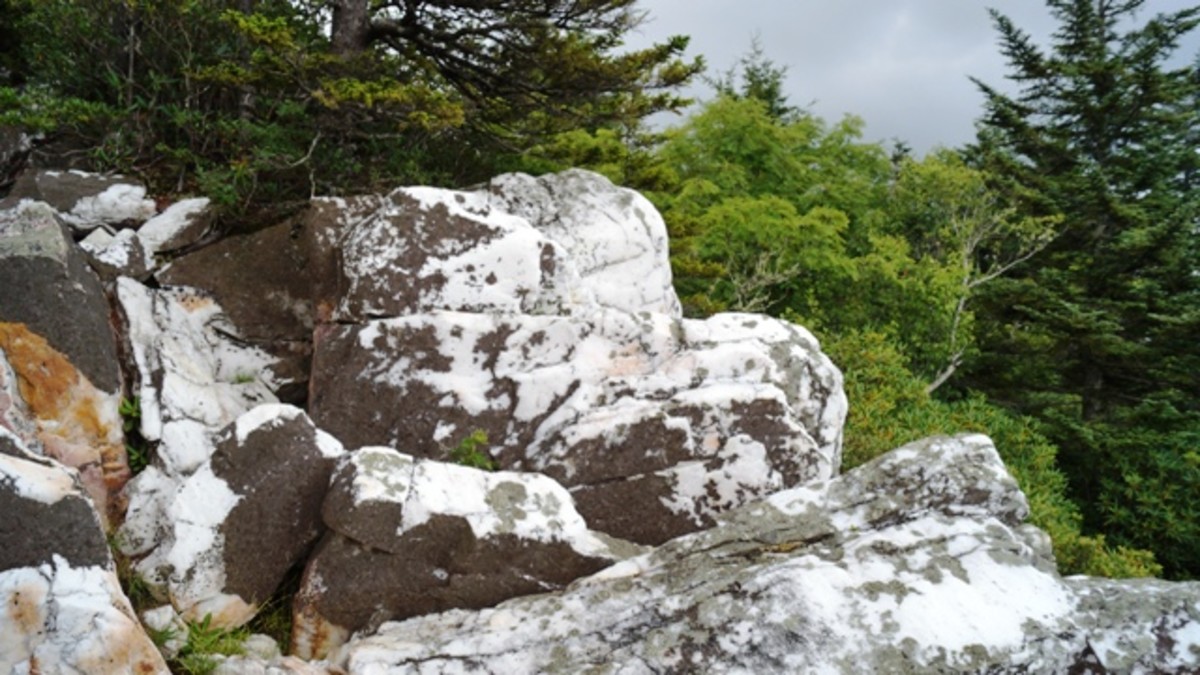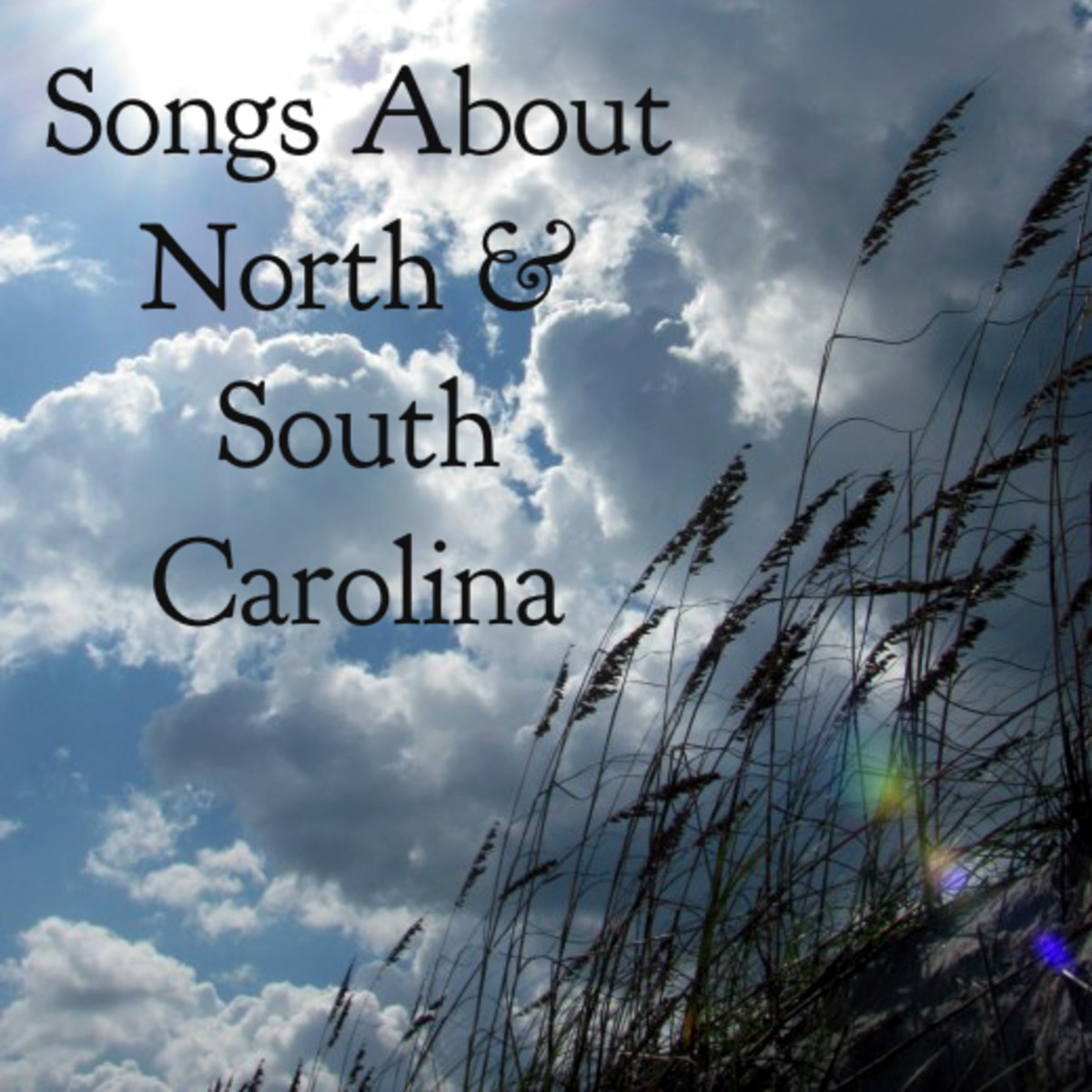Fort Fisher, North Carolina - Civil War Landmark

Up until the closing months of the Civil War, Fort Fisher was responsible for keeping North Carolina's Wilmington port open for blockade runners supplying goods to Confederate armies inland. By 1865, Wilmington was the last entry point for supplies going to Robert E. Lee's troops in northern Virginia. The Wilmington port traded cotton and tobacco in exchange for foreign goods such as munitions, footstuffs, and clothing. Trade was accomplished with the coming and going of steamer ships of British smugglers. These ships were called "blockade runners," because they had to avoid the Union's maritime barricade. The Wilmington port was able to remain open because of Fort Fisher. The fall of Fort Fisher during a massive Federal amphibious assault on January 15, 1865 was a huge factor in the defeat of the Confederacy.
At the mouth of the Cape Fear River, the Confederacy took control of an important earthwork fortification early in the Civil War. Fort Fisher, named after Colonel Charles F. Fisher of the 6th North Carolina Infantry, was different from older fortifications built of brick and mortar. It was made mostly of earth and sand, which was beneficial in absorbing the shock of heavy explosives. The sea face, defended with 22 guns, consisted of a series of 12-foot-high batteries bounded on the southern side by two larger batteries extending 45 and 60 feet high. One of the smaller mounds served as a telegraph office and another one was converted into a hospital. The land face was fortified with 25 guns distributed among its 15 mounds. Each mound was 32 feet high and had interior rooms connected by underground passageways. A 9-foot high palisade fence extended in front of the entire land face.
Several attacks on Fort Fisher and the port of Wilmington were planned by the Union army. The first attempt was made on December 24, 1864. Their forces made little progress and retreated after Union commanders determined that the fort was too strong to capture after two days of fighting. Another attempt was made on January 12, 1865. Ships bombarded the fort on both the sea and land faces. Over 3,300 Union infantry troops assaulted the land face. The fort was eventually captured on the fifteenth.
Union forces overran Wilmington within a few weeks. With the fall of Wilmington, the supply line for the Confederacy was severed, thus leading to the end of the Civil War.
About ten percent of Fort Fisher still stands today, along with a restored palisade fence. Visitors can tour the remains of the fort's land face and see a reconstruction of a 32-pounder seacoast gun. The visitor center contains an audiovisual program that presents the history of the fort. A scenic trail leads from the visitor center, past the gigantic earthworks, and around to the rear of the fort. Guided tours and exhibits, including items recovered from sunken blockade runners, are available.
The site has been declared a national historic landmark, It is also a state recreation area featuring the North Carolina Aquarium at Fort Fisher. The North Carolina Underwater Archaeology headquarters is also located on the property.








